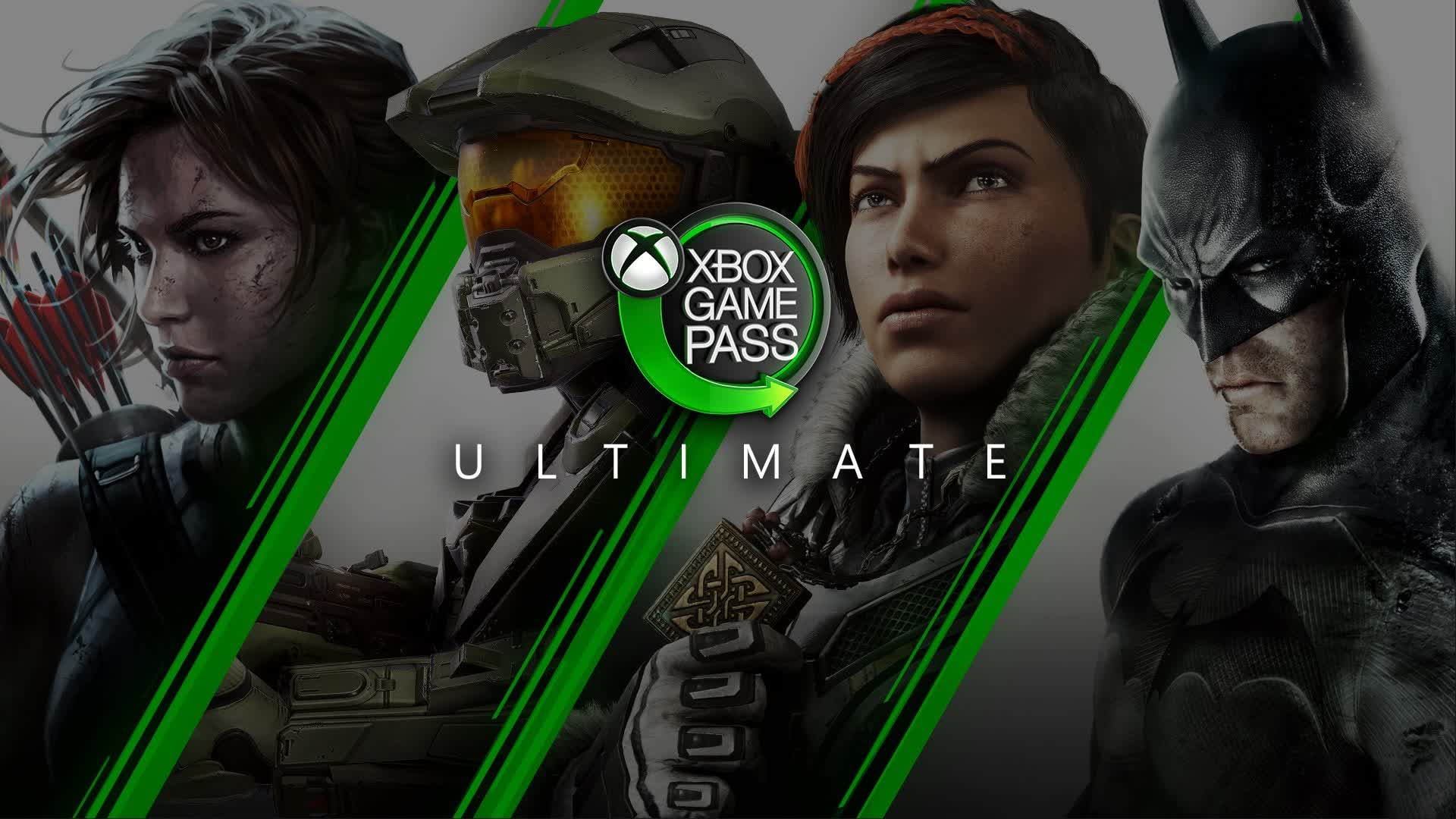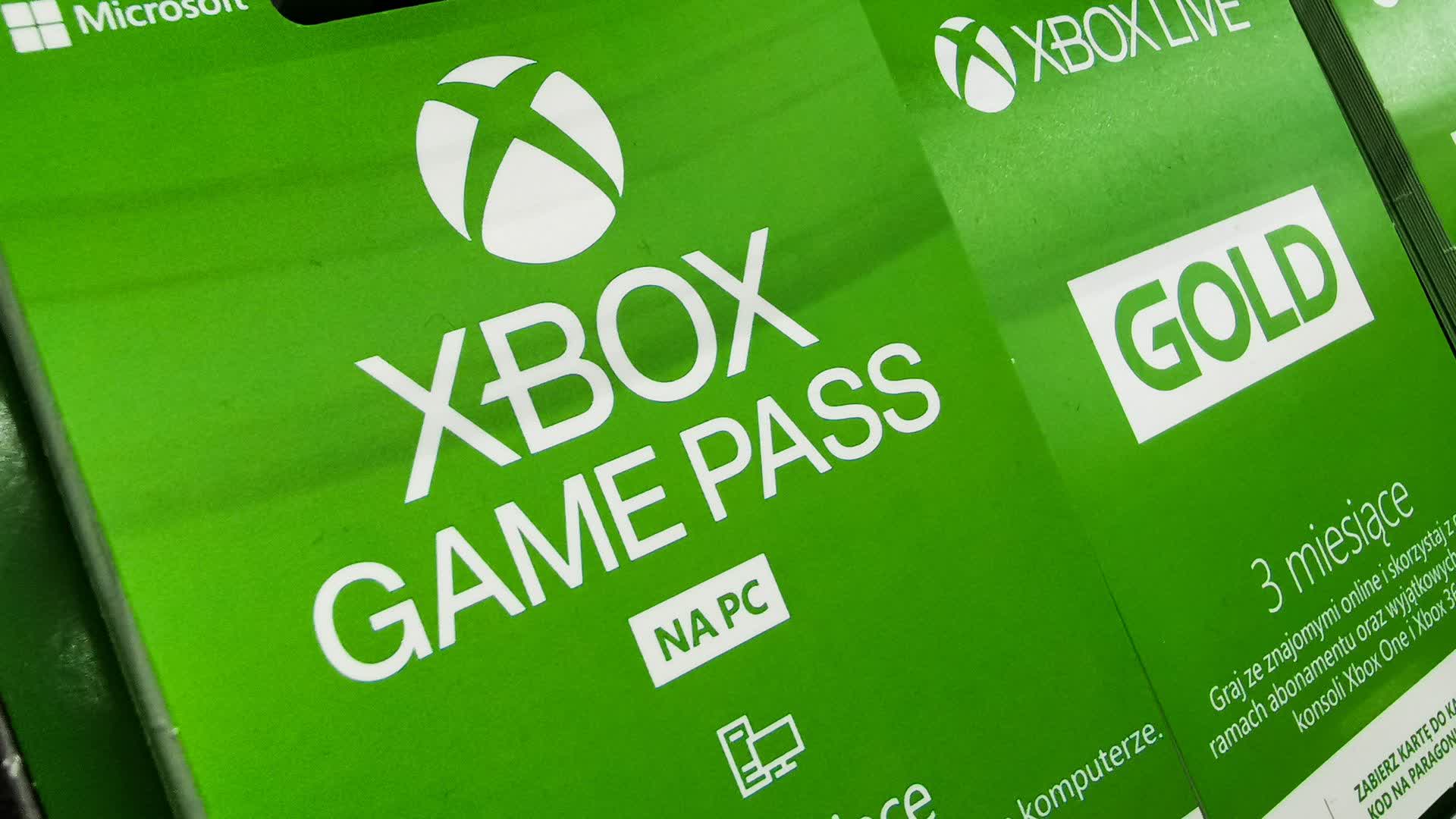In context: Have you ever signed up for a subscription service's free trial and forgotten to cancel it before auto-bills? The answer is probably a resounding 'yes' -- it's a common pitfall for many, and who could blame them? We're inundated with subscriptions and monthly payments these days, so it's no surprise that some fall through the cracks. Following an inquiry from a UK regulatory body, Microsoft will help you patch up some of those cracks with its Xbox Game Pass service. Sort of.

The UK's Competition and Markets Authority (CMA) has been looking into cases of inactive but still renewing subscription services offered by all of the big three console gaming platforms: Xbox, Nintendo, and PlayStation. The authority came away with several concerns regarding Xbox's services, in particular.
The CMA feels that Microsoft has not been clear enough that its subscriptions (Game Pass and Xbox Live Gold, in particular) auto-renew and that the company does not make it easy enough to turn off auto-renewal. More importantly, the CMA notes that users may not even realize they're still paying for services they no longer use, as Microsoft does not provide adequate reminders to paying customers; even if their engagement with the service goes stagnant.

To address these concerns, Microsoft has reached a voluntary agreement with the CMA to improve transparency surrounding its auto-renewing services, while also taking a more consumer-friendly approach to dormant customer subscriptions. For starters, Microsoft will reach out to customers on 12-month subscriptions and offer them the ability to "end their contract and claim a pro-rata refund," should they desire it.
The company will also get in touch with users who are still paying for a Microsoft service, but "haven't used their memberships for a long time," which is at least 12 months. If the customer ignores or otherwise doesn't take action as a result of this initial contact -- which will include information on how to stop paying for the service in question -- Microsoft will "ultimately" stop accepting payments outright. However, it won't do so for another full year.
Though this may seem like a weak measure (Game Pass' $10 monthly fees can add up), the CMA seems satisfied with the outcome. The improvements mentioned above, and more, will roll out in the UK to start with, but they will expand globally in the coming months.